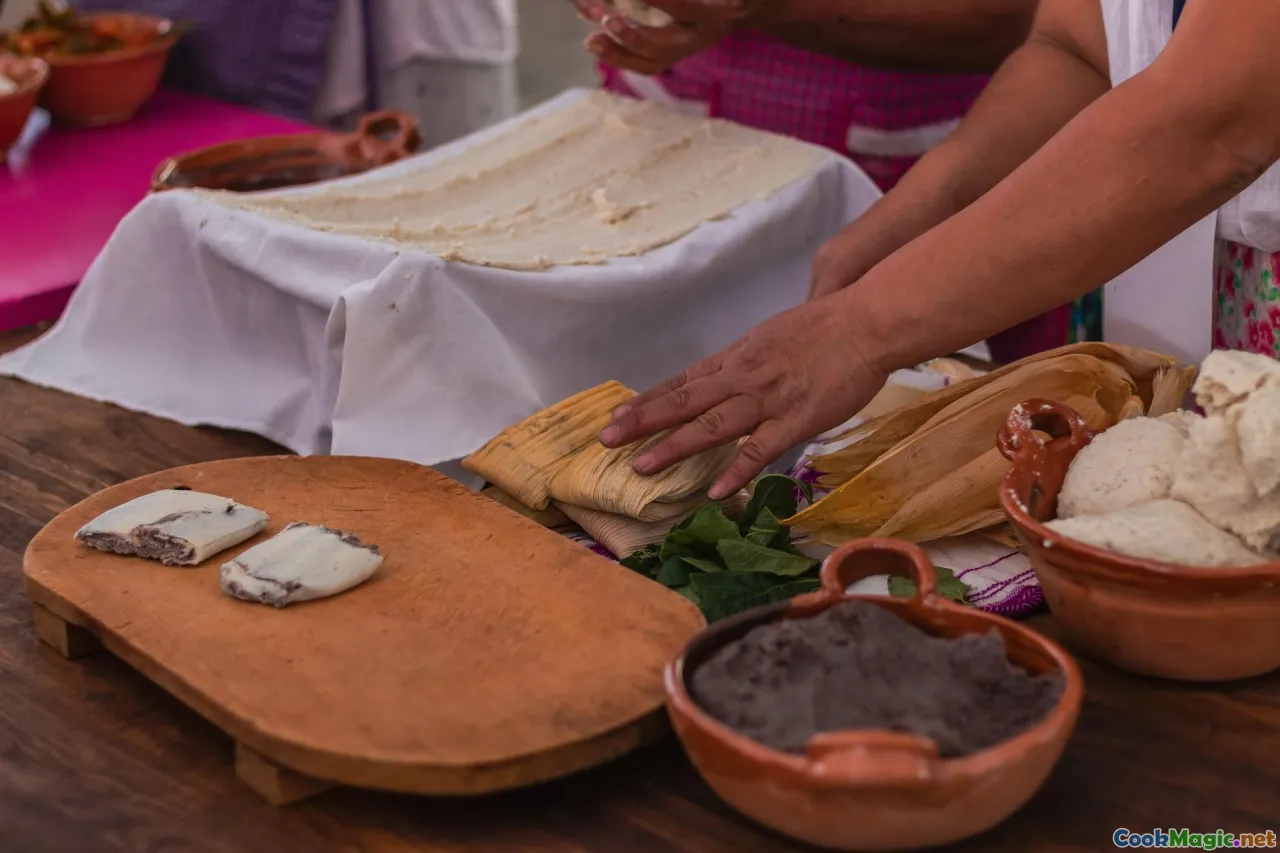Meals and Manners in Different Cultures
8 min read Explore the rich tapestry of global dining customs, from etiquette and rituals to sensory experiences, revealing how food unites and defines cultures worldwide. May 05, 2025 06:00
Meals and Manners in Different Cultures
Imagine sitting at a table where the very act of eating is a dance of tradition, respect, and identity—each movement, utensil, and shared dish whispering stories of centuries gone by. Food, after all, is more than sustenance; it is a language spoken fluently in every corner of the globe, embodying history, social hierarchy, spirituality, and community.
The Power of Food as Cultural Identity
Across continents and civilizations, the way people eat—their manners, rituals, and customs—offers a fascinating glimpse into their values and worldview. From the ornate chopstick etiquette of East Asia to the communal sharing of Middle Eastern mezze, each culture's approach to meals reflects its unique social fabric.
In this journey through global culinary manners, we’ll explore how different societies shape their eating habits, the stories behind iconic dishes, and the sensory experiences that make each tradition unforgettable.
Eastern Elegance: The Art of Chopsticks in Asia
The Precision and Respect of East Asian Dining
In countries like China, Japan, and Korea, chopsticks are not merely utensils—they are symbols of etiquette, patience, and cultural pride. The proper use of chopsticks involves more than just picking up food; it’s about demonstrating respect and mindfulness.
For instance, in Japan, it is considered rude to stick chopsticks upright into a bowl of rice—the gesture reminiscent of funeral offerings—so etiquette dictates resting them on a holder or across the bowl’s edge. The act of sharing dishes, such as a steaming bowl of ramen or a plate of tempura, emphasizes harmony and community.
Sensory Experience
Handling chopsticks requires a delicate balance, engaging tactile senses and fostering a mindful eating experience. The texture of perfectly cooked sushi, the aroma of soy sauce, and the visual appeal of artfully arranged sashimi all contribute to a sensory symphony that elevates the meal.
South Asian Spice and Ceremony
The Rich Tapestry of Indian Dining
Indian meals are a vibrant celebration of color, aroma, and complexity. Meals often unfold over hours, with a hierarchy of dishes—from fragrant biryanis to spicy curries, cooling raitas to crispy papadums. The traditional practice of eating with the right hand, using fingers to feel the texture of each bite, is rooted in centuries of cultural wisdom.
Rituals and Respect
In many Indian households, a meal begins with a prayer or blessing, acknowledging the divine presence in food. Sharing a thali—a platter filled with multiple small dishes—symbolizes unity and abundance. The act of eating together fosters bonding and respect, echoing the communal spirit of Indian society.
Sensory Dive
The explosion of flavors—tangy tamarind, fiery chili, earthy cumin—stimulates taste buds and evokes emotional warmth. The textures range from the silkiness of lentil dal to the crunch of fresh vegetables, creating a multisensory feast.
Middle Eastern Hospitality and Sharing
The Mezze Tradition
In countries like Lebanon, Turkey, and Egypt, meals are often centered around mezze—an array of small dishes served family-style. This communal approach emphasizes generosity, connection, and hospitality.
Etiquette and Social Norms
Guests are treated with utmost respect, often seated on cushions around a low table, sharing bread like pita or khubz, and dipping into bowls of hummus, baba ganoush, or labneh. It’s customary to serve elders first and to express gratitude through words and gestures.
The Sensory Feast
The aroma of grilled meats, the vibrant colors of fresh herbs, and the tangy zest of lemon create an immersive experience that celebrates life and friendship.
Western Formality and Elegance
The Art of Fine Dining
In Europe and North America, meals often involve formal settings—white tablecloths, polished silverware, and precise manners. The focus on presentation, course progression, and table manners reflects a cultural emphasis on refinement and civility.
Etiquette and Protocol
Using utensils correctly, maintaining good posture, and engaging in polite conversation are key aspects. The practice of toasting with wine or champagne embodies conviviality and celebration.
Sensory Appreciation
From the delicate notes of a Bordeaux wine to the flaky crust of a French quiche, Western dining places a premium on aesthetic appeal and sensory harmony.
Personal Reflections and the Universal Language of Food
Having traveled extensively, I’ve observed that despite the diversity of manners, the universal essence of sharing a meal fosters connection. Whether it’s the ritualistic tea ceremonies in Japan, the communal eating of Ethiopian injera, or the lively street food scenes in Thailand, food is a bridge—a way to understand, respect, and celebrate human diversity.
I recall a dinner in a small Turkish village where a simple plate of grilled kebabs transformed into a profound lesson in hospitality. The host poured tea for each guest, insisting on eye contact and heartfelt conversation. That moment underscored how manners and meals are intertwined—they are expressions of love, respect, and identity.
Final Thoughts
Exploring meals and manners across cultures reveals more than culinary techniques; it uncovers the soul of societies. Each tradition, each etiquette, is a thread in the vast tapestry of human connection. Understanding and appreciating these differences enrich our global perspective, urging us to approach every meal with curiosity and respect.
So next time you sit down to eat, consider not just what’s on your plate, but the stories, history, and human effort that brought it to your table. Embrace the diversity, and let food be your passport to understanding the beautiful complexity of our world.
**Bon appétit, or as they say around the world—**Eat with respect, share with love.









